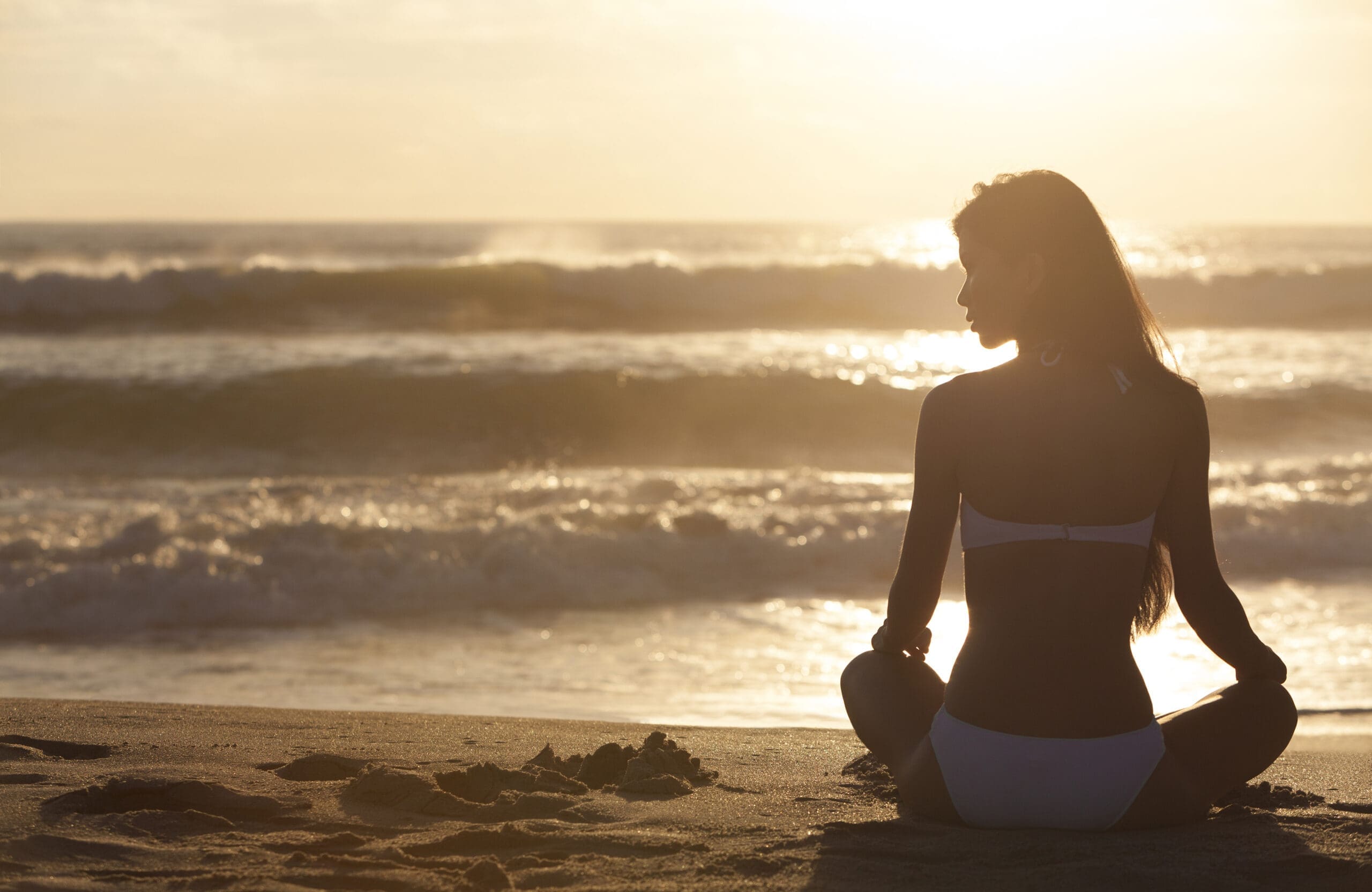Ever wondered what the difference is between pilates on the floor and pilates with machines?
![Women doing Pilates exercises. [url=http://www.istockphoto.com/search/lightbox/9786738][img]http://dl.dropbox.com/u/40117171/group.jpg[/img][/url] [url=http://www.istockphoto.com/search/lightbox/9786766][img]http://dl.dropbox.com/u/40117171/sport.jpg[/img][/url]](http://bondibeauty.com.au/bondi-beauty-202/wp-content/uploads/2015/06/women-doing-pilates-hundred1.jpg)
You are probably familiar with mat classes, where you use your core strength and your own body weight to work through a series of exercises aimed to strengthen and tone muscle groups throughout your body.
Equipment classes are often restricted to specialised Pilates studios, rather than being run through Gyms like most mat classes.
Sydney pilates instructor Lisa Simpkinson says; “using equipment came about because Joseph Pilates, who founded Pilates, found that people weren’t strong enough to perform a lot of the mat exercises. So he designed bits of equipment that enabled people to get into positions they couldn’t before.”
The equipment helps your body move in the correct way, while making up for any muscle weaknesses, often through the use of supports and springs.
Two of the most common pieces of equipment are the Trap Table and the Reformer – both of which allow people to exercise in spite of any restrictions they may encounter in mat classes.
“A mat class is really the most challenging out of everything because you don’t have that assistance. It’s just you and your strength that you’re relying on,” Lisa explains.
That doesn’t mean mat classes are just for people who are already experienced at Pilates though! Many Pilates exercises come with ready-made difficulty levels, so it’s just a matter of finding the level that works for you – even if it’s the easiest – and working your way up as your strength increases.
The real benefit of the equipment, Lisa says, is that it’s ‘more specialised and more specific.’ It really lends itself to rehab patients, who may not be able to move the way they used to and need extra assistance to exercise. ‘We also get a lot of athletes who come and use the equipment because they can tailor it to their own needs,’ she says.
We asked Lisa if Pilates leant itself to certain types of people more than others. She explained that she started Pilates as a part of her dance training and has found over the years that the movements in Pilates do lend themselves a bit more to dancers.
She has taught people from school-aged children right up to a ninety-two year old lady with Parkinson’s Disease who can barely move, ‘but we can put her on the equipment and suddenly she can do movements that she can’t do day-to-day. There’s no limit to who can participate.’
To learn more about why you should practice Pilates click here.














